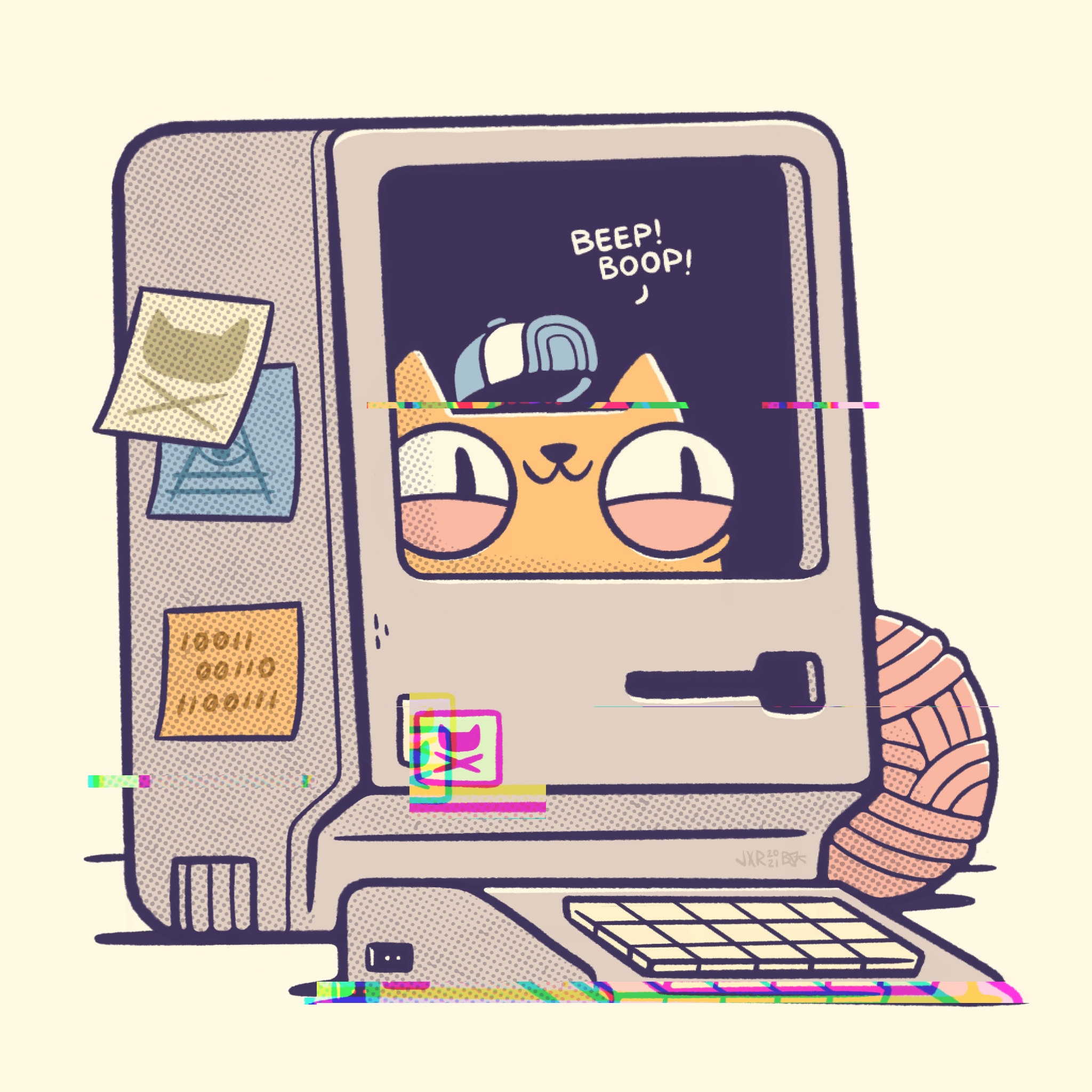Two local artists are finding new ways to connect with their audiences through non-fungible tokens (NFTs)—digital tokens collectors can buy from artists to add to their digital galleries.
NFTs are part of the same technology used for cryptocurrencies like Bitcoin and Etherum. The primary difference with NFTs is that while one Bitcoin will always be the same value as another Bitcoin, NFTs can have different values based on the market interest in an artist’s work. NFTs can increase or decrease in value in the same way the value of real-world, physical artworks can change over time.
The NFT market today is dominated by the sale of digital avatars and the technology is associated with ‘tech bros’. Both artists are looking to change that perception by creating new spaces for their audiences to connect and explore with these emerging technologies.
Blake Stevenson, a local graphic designer, has followed the online conversations on NFTs for the last two years. He said that while he sees the value in NFTs, many of the early uses do not appeal to him.
“It’s just so early. People are just buying things. I do feel like there is a future in it, I just feel like what’s happening now has to evolve before that future actually comes to fruition,” Stevenson said.
As with any emerging internet technology, there is much uncertainty and potential for fraud.
Stevenson uses the name “Jetpacks and Rollerskates” for his illustrations and prints, and his work has been commissioned by companies including Elora Brewing Company and Disney Pixar Animation Studios. In December, Stevenson discovered that someone was using his name, logo and artwork without permission on the NFT site OpenSea. He contacted the site administrators and they removed the fake accounts and NFTs from the site.
Stevenson said that while he is concerned about his work being used without permission, this is not a new concern for artists.
“To be honest, this isn’t something new because of NFTs. I’ve had my work sold on phone cases on Amazon since the early 2000s. I feel like if you want to get notoriety and you want to get like a lot of people into your stuff, these are the kind of pitfalls. Somebody is eventually going to screenshot your stuff and put it on a t-shirt,” Stevenson said.
Stevenson said another concern is the accessibility of NFTs for both artists and fans. He has made a new collection available on the objkt.com marketplace, which he said has lower fees for artists to post their work.
“I went there because it felt much more like a punk rock art movement. They’re not doing as many avatars. They’re doing like one-offs, which is my thing. I’m doing limited editions and they’re selling out in seconds. It’s crazy to me,” Stevenson said.

Anthony Ramsay is another local artist exploring the potential of NFTs to connect with his audience. Ramsay is a musician and video creator and recipient of one of last year’s Create and Connect grants from the Centre in the Square and the City of Kitchener’s film, music, and interactive media office. Ramsay is aware of some of the negative perceptions of NFTs, but is hoping to use his work to encourage more Canadians to explore the space.
“I wouldn’t necessarily label myself a tech bro, but I’m in this field that a lot of people don’t understand and it’s easy to just box it in as ‘hey, that’s a tech bro thing’, especially when this field is currently dominated mostly by men. I’ve been trying to encourage more women to enter this field so it can be balanced and full of diversity,” Ramsay said.
Ramsay launched an NFT project titled Canadian Unicorns to learn how NFTs connect audiences and creators. The project is a limited series of digital avatars inspired by Canadian technology leaders. His creations have been acquired by local and national tech leaders, including Martin Basiri, CEO of ApplyBoard, and Tobi Lütke, CEO of Shopify.
“Canadian Unicorns is my way of exploring blockchain and NFT art to familiarize myself with how this system works. This is so different from what I usually do. I can experiment in this field and then I can apply everything that I’ve learned from having fun to more personal pieces of work such as music and video,” Ramsay said.
Ramsay is putting his learnings from the Canadian Unicorns project into his upcoming video project. He described the project as a visual story of our community in 2021 that can be shared for years to come.
“It ties together music and community. It was my way of putting together a time capsule for this community and putting it on the blockchain so it could live forever there. People can own a piece of that as well once it is released and showcase a bit of their community in a new way,” Ramsay said.




Leave a Reply